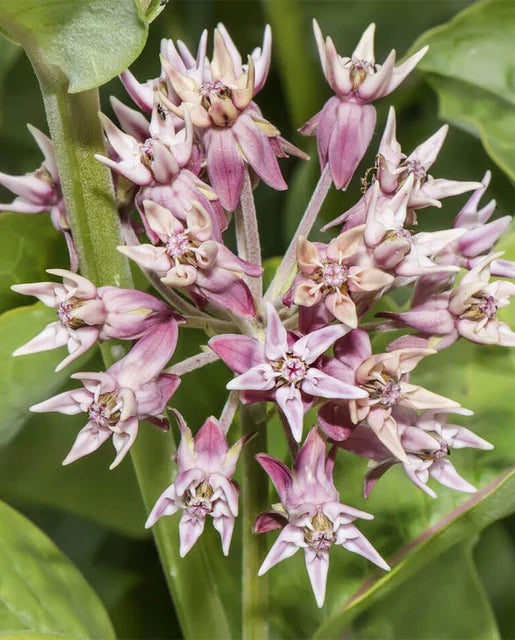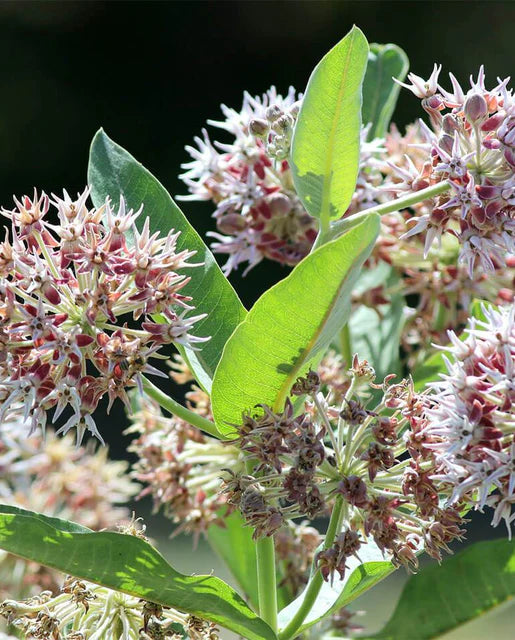West Coast Seeds
West Coast Seeds (Showy Milkweed)
West Coast Seeds (Showy Milkweed)
无法加载取货服务可用情况
Asclepias speciosa. Native to western and central North America (including BC's Okanagan region), Showy Milkweed is the plant at the center of Monarch butterfly conservation efforts. This is the particular species of milkweed that the Monarch caterpillars feed on after hatching, so it is highly prized by egg-laying adults. The flowers are notoriously generous with nectar, so they attract a host of other butterfly species, as well as bees, hummingbirds, and many other pollinators. The plants grow to around 90cm (36") tall, with greyish green foliage topped by spherical clusters of pink flowers. Once the seed pods form, they can be cut and dried to good effect. Plant Showy Milkweed seeds anywhere to help with pollinator conservation.
Note: This species spreads by self-seeding as well as spreading its rhizomatous roots. In favorable settings, it can spread aggressively. For this reason, we recommend it for larger containers or for areas where it can be controlled through regular pruning. To avoid self-sowing, simply cut the seed pods off before they mature.
Showy Milkweed also happens to be pretty much deer-proof.
| Latin Name |
Ascelpias sp. |
| Difficulty | Easy |
| Exposure |
Full sun |
| Timing |
Sow indoors 6-8 weeks before the last frost date and transplant towards late spring. Milkweed requires cold stratification to break dormancy. Sow the seeds in damp soil in 18 cell plug inserts and place in a refrigerator for two weeks or place outside in early spring. Transplant when the seedlings are 2 inches (5cm) tall. Optimal soil temperature for germination: 10-25°C (50-75°F). Seeds should sprout in 7-35 days. |
| Starting |
Barely cover the small seeds using sterilized seed starting mix. Space transplants 30-60cm (12-24″) apart. |
| Growing |
For many years several Asclepias species were listed as invasive weeds because of their sometimes aggressive spreading by underground rhizomes and their giant, dandelion-like seeds. The seeds emerge from very conspicuous pods which are easily removed before they dry and crack. As the population of wild Asclepias diminished, so did the populations of many butterflies that depend on them as food and nursery plants (including the endangered Monarch). Now that they have been de-listed, we encourage home gardeners to grow them with the advance knowledge that they can spread. Try growing them in a large container like a half barrel, and be conscious of the seed pods as they develop. In short, please be responsible with Asclepias species. |




